I read Beyond HD: 4K Resolution is Coming by Dan Bruns, who is an Associate Multimedia Editor at Videomaker.
In the article that I read, it talks about how Jim Jannard’s and his company, RED DIGITAL CINEMA, and how in 2007 they came out with a new camcorder called the RED. It talks about how this camera can shoot at 4K resolutions for a much lower price than comparable 4K camcorders. This camera (RED) also demonstrated its Scarlet-X line of cameras that record images at 24 frames per second in 4K resolutions for less than $10,000, making 4K affordable for high-end users. For those with even shallower pockets, JVC announced a (prototype) 4K camcorder with a fixed lens that should cost around $7,000. Currently, the camcorder records four simultaneous 1920×1080 feeds to four separate SD cards and stitches them together to get the 4K resolution. Though it’s not elegant getting 4K, it does so at an affordable price for prosumers.
I learned that even though these cameras cost a lot, its worth it. I would rather spend the money on a camera that is expensive that shoots at great resolution, then to spend the money on a cheap camera that doesn’t shoot good resolution.
I can apply what I learned from this article in class, for when we shoot some movies. Even though we don’t have one of these fancy cameras, I still learned about how great these cameras operate, and I would definitely would be interested in using one.

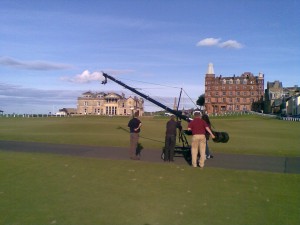
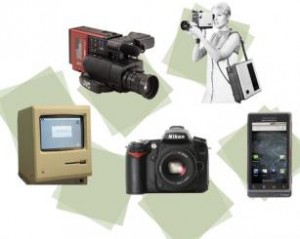
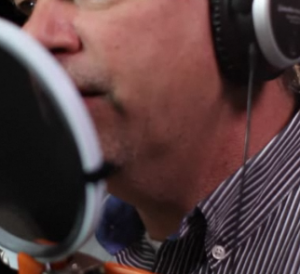

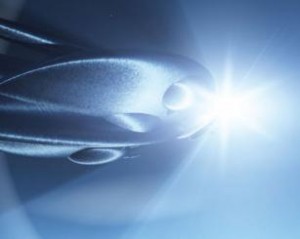
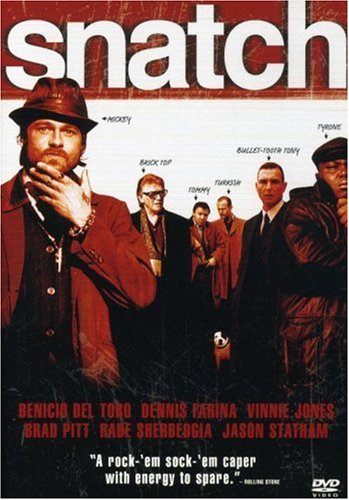

 lights are effective and cheap. Another lighting necessity, especially for outside shoots, are reflectors. Reflectors make a huge difference when lighting a person. Opposed to having shadows cast all over the person’s face, now we see there face light up. The light gets controlled with this tool, you control it’s direction. We notice things about that character’s appearance that we may not have noticed before thanks to this. Reflectors can go anywhere $10-$20 depending on size. A diffuser, quite the opposite of a reflector, simply tones down the light. If the person’s face is too lit up, then diffuser makes the light less powerful. With the diffuser the light is more evenly distributed over the object. Some of these go for as low as $3! Any film maker can spare $3 bucks.
lights are effective and cheap. Another lighting necessity, especially for outside shoots, are reflectors. Reflectors make a huge difference when lighting a person. Opposed to having shadows cast all over the person’s face, now we see there face light up. The light gets controlled with this tool, you control it’s direction. We notice things about that character’s appearance that we may not have noticed before thanks to this. Reflectors can go anywhere $10-$20 depending on size. A diffuser, quite the opposite of a reflector, simply tones down the light. If the person’s face is too lit up, then diffuser makes the light less powerful. With the diffuser the light is more evenly distributed over the object. Some of these go for as low as $3! Any film maker can spare $3 bucks.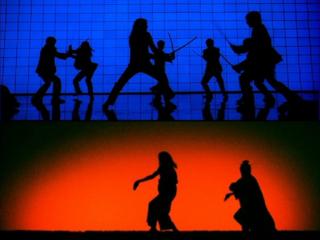 convey the emotions the actors are feeling, the context of the setting and/or a meaning behind an overall message. Without this lighting technique we would miss the emotions of many scenes.
convey the emotions the actors are feeling, the context of the setting and/or a meaning behind an overall message. Without this lighting technique we would miss the emotions of many scenes.